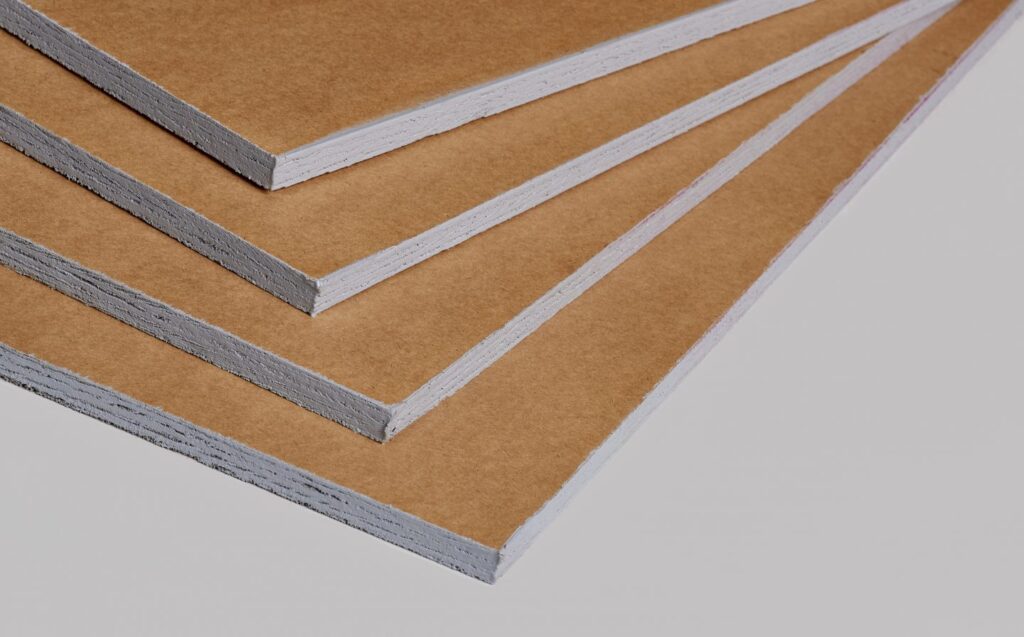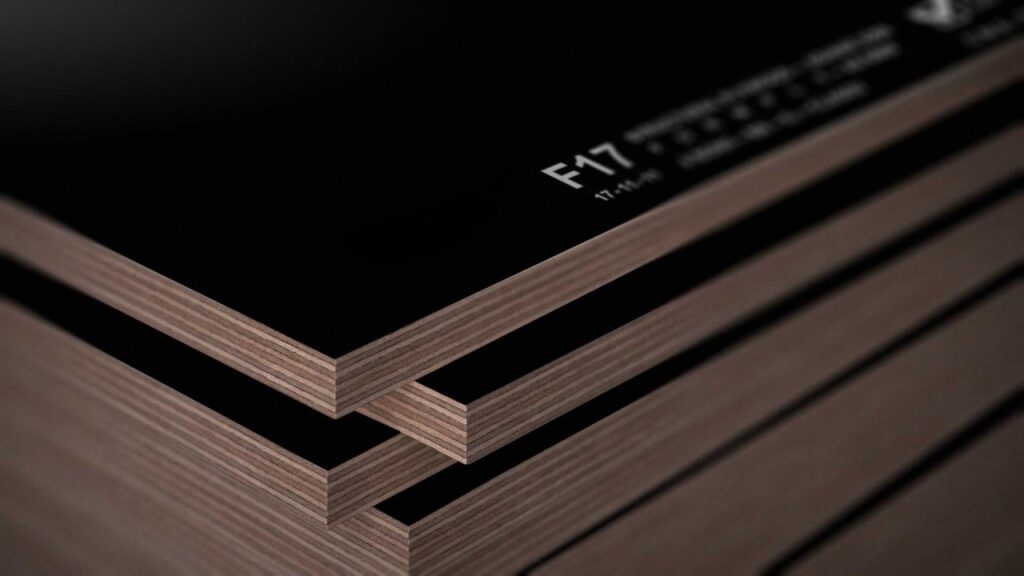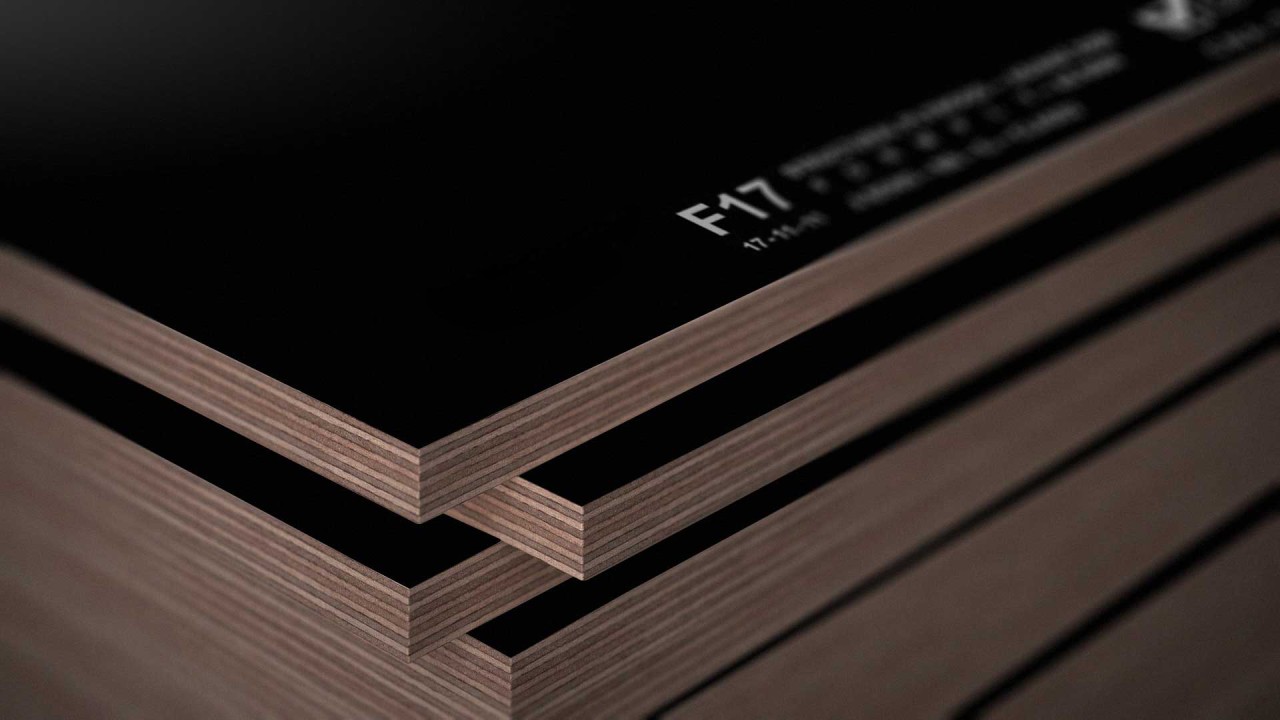Plywood formwork is an essential construction material that plays a crucial role in creating temporary molds for concrete structures. Its widespread use in the construction industry has raised concerns about its environmental impact. In this article, we will explore the different aspects of formwork plywood and its implications on the environment, as well as examine alternative materials and existing regulations.
Understanding Formwork Plywood
Definition and Use of Formwork Plywood in Construction
Plywood formwork is a specially designed plywood panel that is used to create temporary molds, or formworks, for pouring concrete in construction projects. These molds provide support and shape to the concrete until it hardens and gains sufficient strength to stand on its own.
Plywood formwork is commonly used in a variety of construction applications, including residential, commercial, and industrial projects. It is favored for its strength, durability, and ability to be reused multiple times, making it a cost-effective choice for construction companies.
Plywood formwork comes in various sizes and thicknesses to accommodate different project requirements. The panels are typically made from high-quality wood veneers that are bonded together with waterproof adhesives, ensuring the plywood can withstand the moisture and pressure exerted by wet concrete during the pouring process. Learn more how to store and handle formwork plywood to extend its life.
Types of Formwork Plywood
There are different types and grades of formwork plywood available in the market, each with its own set of characteristics. Some common types include structural plywood, film-faced plywood, and phenolic resin-coated plywood.
Structural plywood is typically used for applications where high strength is required, such as in the construction of tall buildings or heavy-duty structures. It is engineered to provide maximum support and stability, making it ideal for projects that demand structural integrity.
Film-faced plywood, on the other hand, has a smooth synthetic surface that provides a high-quality finish to concrete. This type of plywood is popular in projects where the appearance of the concrete surface is crucial, such as architectural structures or exposed concrete walls. The smooth film facing ensures a clean and polished look to the concrete, reducing the need for additional finishing work.
The Environmental Footprint of Formwork Plywood
Raw Material Sourcing and Its Impact
The production of formwork plywood begins with the sourcing of raw materials, primarily wood. The logging and processing of timber can have significant environmental implications, including deforestation, habitat destruction, and loss of biodiversity. However, responsible sourcing practices, such as forest certification systems like FSC (Forest Stewardship Council), can help mitigate these impacts.
Furthermore, the transportation of raw materials to manufacturing facilities also contributes to the environmental footprint of formwork plywood. Long-distance transportation increases carbon emissions and energy consumption. Some manufacturers are exploring ways to source materials locally to reduce transportation-related environmental impacts.
Manufacturing Process and Environmental Considerations
The manufacturing process of formwork plywood involves the bonding of multiple layers of wood veneers using adhesives. The type and quality of adhesives used can affect the environmental performance of the plywood. Some adhesives, such as formaldehyde-based ones, can release harmful volatile organic compounds (VOCs) during production and use. Environmentally conscious manufacturers are now adopting low-VOC adhesives and exploring alternative bonding techniques to minimize environmental impact.
In addition to adhesive selection, energy consumption during the manufacturing process is another crucial environmental consideration. High energy consumption, often derived from non-renewable sources, contributes to greenhouse gas emissions and climate change. Manufacturers are increasingly investing in energy-efficient technologies and renewable energy sources to reduce their carbon footprint and overall environmental impact.

The Lifecycle of Formwork Plywood in Construction
Formwork plywood plays a crucial role in the construction industry, particularly in concrete formwork applications. During the usage phase, formwork plywood is subjected to various stresses, including the weight of concrete, temperature changes, and exposure to moisture. Proper maintenance and handling can extend its lifespan and reduce the need for frequent replacements, thereby minimizing waste generation. Engineers and construction professionals often employ innovative techniques such as prefabricated formwork systems and advanced construction methods to optimize material usage and reduce resource consumption. These strategies not only enhance the efficiency of the construction process but also contribute to sustainable practices in the industry.
Usage Phase and Its Environmental Implications
During the usage phase, formwork plywood is subjected to various stresses, including the weight of concrete, temperature changes, and exposure to moisture. Proper maintenance and handling can extend its lifespan and reduce the need for frequent replacements, thereby minimizing waste generation. Additionally, adopting efficient formwork systems and construction techniques can optimize material usage and reduce resource consumption.
Formwork plywood is often manufactured from sustainably sourced wood materials, such as FSC-certified timber, to ensure responsible forest management practices. This commitment to sustainability extends throughout the lifecycle of the product, from production to disposal. By choosing environmentally friendly materials and implementing proper maintenance protocols, construction companies can minimize their ecological footprint and contribute to a more sustainable built environment.
Disposal and Recycling of Formwork Plywood
At the end of its life cycle, formwork plywood can either be disposed of or recycled. Disposal methods such as landfilling can have adverse environmental effects, including the release of harmful substances into the soil and groundwater. Recycling, on the other hand, offers the opportunity to reclaim valuable raw materials and reduce the demand for new production. Some forms of formwork plywood, such as phenolic resin-coated panels, can be recycled and used for secondary applications, further reducing environmental impact.
Construction companies are increasingly exploring innovative recycling technologies to repurpose formwork plywood waste into new construction materials or other industrial products. By closing the loop through recycling initiatives, the industry can minimize waste generation, conserve natural resources, and mitigate the environmental impact of construction activities. Collaborative efforts between manufacturers, contractors, and recycling facilities are essential to establish efficient recycling processes and promote a circular economy approach within the construction sector.
Alternatives to Formwork Plywood in Construction
Green Materials as Substitutes
To address the environmental concerns associated with formwork plywood, several alternative materials have emerged. Green materials, such as bamboo plywood, engineered wood products, and recycled plastic panels, offer sustainable alternatives that reduce reliance on traditional plywood and contribute to a lower environmental footprint.
Bamboo plywood, for example, is gaining popularity as a formwork material due to its rapid growth rate and renewability. Bamboo can be harvested in as little as three to five years, making it a highly sustainable option compared to traditional hardwoods. Additionally, bamboo’s strength and flexibility make it a versatile choice for various construction applications, providing durability and structural integrity.
Engineered wood products, such as cross-laminated timber (CLT) and laminated veneer lumber (LVL), are also viable alternatives to formwork plywood. These products are made by bonding layers of wood veneers or lumber together, resulting in strong and stable panels that can withstand heavy loads. By utilizing wood efficiently and optimizing structural performance, engineered wood products offer a sustainable solution for formwork applications.

Evaluating the Environmental Impact of Alternatives
When evaluating alternative materials, it is crucial to consider their entire life cycle, including raw material sourcing, manufacturing processes, usage phase, and end-of-life options. Life cycle assessment (LCA) methodologies can help quantify and compare the environmental impacts of different options, enabling informed decision-making in construction projects.
By conducting a comprehensive LCA, construction professionals can assess factors such as carbon footprint, energy consumption, water usage, and waste generation associated with each material. This holistic approach allows for a thorough understanding of the environmental implications of using alternative materials in formwork construction. Moreover, LCA can highlight potential areas for improvement in the supply chain and production processes, guiding efforts towards more sustainable practices in the construction industry.
Policies and Regulations Surrounding Formwork Plywood Use
Current Environmental Policies
To address the environmental impact of construction materials, governments and regulatory bodies have implemented policies and standards at local, national, and international levels. These policies aim to promote sustainable practices, encourage responsible sourcing, and improve the environmental performance of construction materials. Compliance with these regulations is essential for construction companies to mitigate their environmental impact.
Future Trends in Regulation
As environmental awareness grows, it is expected that regulations surrounding formwork plywood and other construction materials will become more stringent. This includes stricter requirements for responsible sourcing, reduced use of harmful adhesives, and incentivizing the adoption of sustainable alternatives. Keeping up with these evolving regulations will be crucial for industry stakeholders to stay ahead of the curve and minimize their environmental footprint.
In addition to these regulations, it is important to consider the impact of formwork plywood on the health and safety of construction workers. The use of low-emission adhesives in formwork plywood can help reduce the risk of indoor air pollution, ensuring a healthier work environment for construction personnel. Furthermore, the proper disposal and recycling of formwork plywood at the end of its life cycle can prevent the release of harmful substances into the environment, protecting both human health and ecosystems.
Moreover, the durability and longevity of formwork plywood play a significant role in reducing its environmental impact. By using high-quality formwork plywood that can withstand multiple uses, construction companies can minimize the need for frequent replacements, thereby reducing the overall demand for this material. Additionally, implementing proper maintenance and storage practices can extend the lifespan of formwork plywood, maximizing its value and reducing waste.
In conclusion, the environmental impact of using formwork plywood in construction is a multifaceted issue that involves various stages of the product’s life cycle. Despite its widespread use, steps can be taken to mitigate its environmental impact, such as responsible sourcing, adopting environmentally friendly manufacturing processes, and exploring alternative materials. By embracing sustainable practices and staying informed about existing and upcoming regulations, the construction industry can contribute to a greener and more sustainable future.
More to read: How to fire your buyers agent Brisbane

